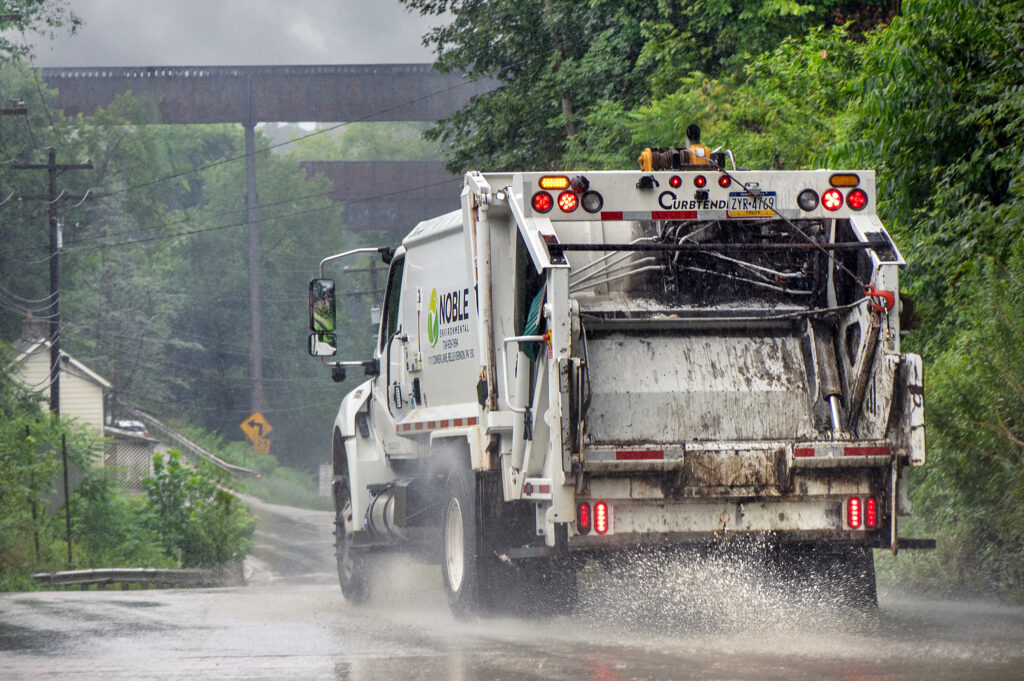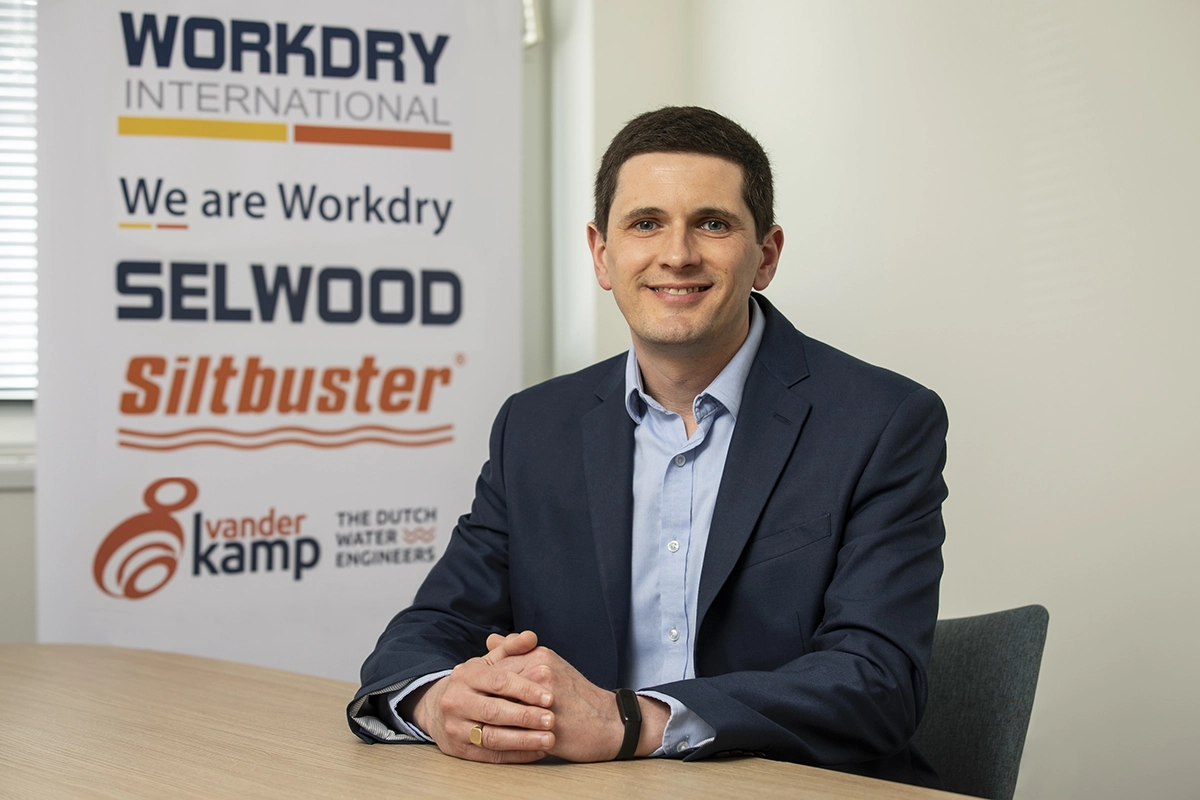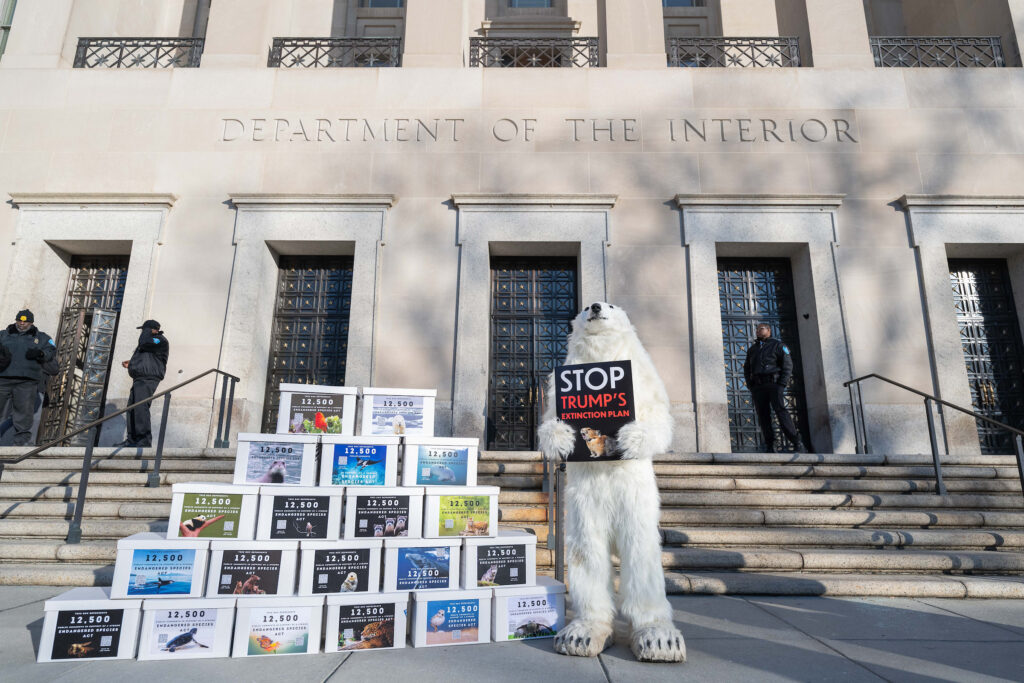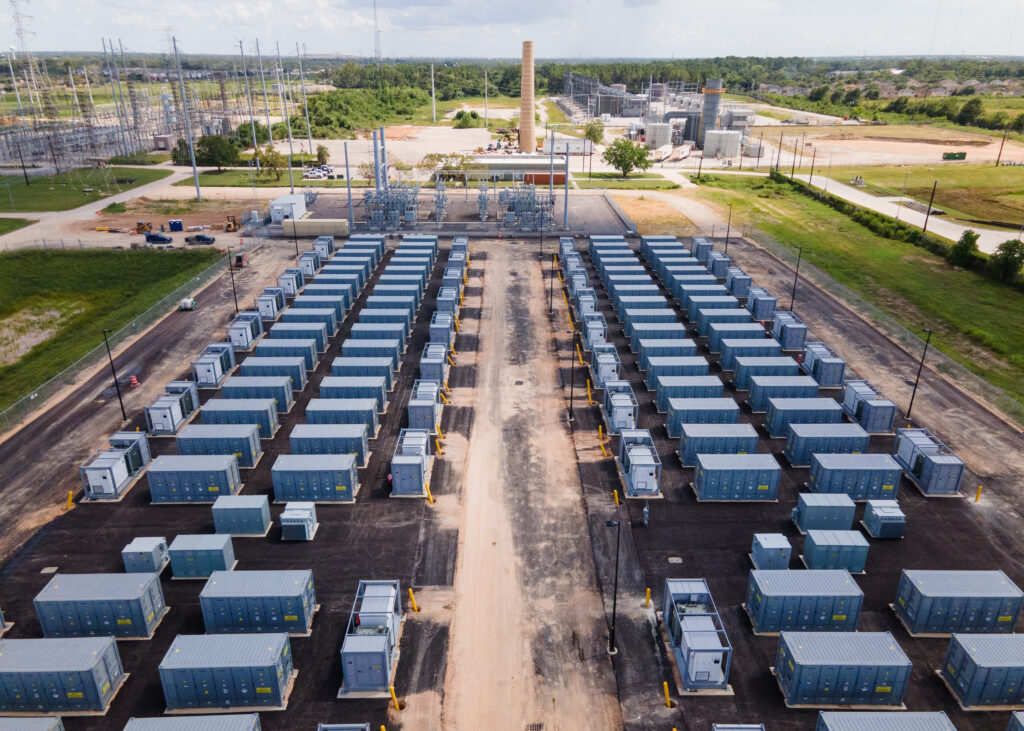PacifiCorp, the parent company of Rocky Mountain Power, is walking back plans to grow its renewable energy portfolio, instead forecasting that coal plants without an “enforceable environmental compliance requirement” will remain online through 2045.
The projection came in March as part of PacifiCorp’s 2025 integrated resource plan, a roadmap for the utility’s electrical generation over the next two decades , by which time a handful of Western states will be nearing legislatively mandated transitions to net-zero energy.
Local politicians in Utah and Wyoming, where energy communities have built their economies around the mines and workforces that power the plants PacifiCorp may leave online, were delighted by the news. But environmental advocates in the Mountain West felt that PacifiCorp—a subsidiary of billionaire Warren Buffett’s Berkshire Hathaway, which owns and operates some of the nation’s dirtiest coal-fired power plants—was actually harming both states’ jobs markets by pivoting away from deploying large amounts of solar and wind energy and battery storage facilities.
PacifiCorp could generate over 18,000 more near-term jobs in the two states by following its 2023 plan, which ramped up its investments in renewables and battery storage, according to a Sierra Club report, even though keeping fossil fuels online would yield more stable local tax revenue.
But as long as the plants remain online, they will continue emitting greenhouse gases and other pollutants contributing to climate change. “PacifiCorp’s latest IRP means higher costs and risky bets for our communities,” said Emma Jones, energy organizer for the Sierra Club in Wyoming, in a statement accompanying the report’s release. “Wyoming needs a real energy plan that puts ratepayers and communities first, not corporate billionaires.”
Dave Eskelsen, a PacifiCorp spokesperson, said the changes in the 2025 plan were driven mainly by Utah and Wyoming air-quality regulations that made it more favorable for the company to leave existing infrastructure online. He pointed out that integrated resource plans are not binding documents. Rather, they are “a roadmap of where [a utility thinks] customer demand is going and where technology is going” that can then be used to build a generation portfolio with lowest-cost and lowest-risk energy, he said.
“What the IRP isn’t is a promise or commitment” about any of the proposals it lays out, he continued. “It’s still subject to change” every two years.
“The idea that there’s going to be a nice neat transition from, you may say, brown jobs to green jobs is pretty unlikely.”
— Daniel Raimi, Resources for the Future
Regardless of PacifiCorp’s forecasts, energy experts expect a continued global and U.S. energy transition away from fossil fuels like coal and gas to cheaper, renewable sources of electricity like wind and solar—even as President Donald Trump appears intent on hampering them.
But creating wind and solar electricity jobs in energy communities does not always guarantee a smooth workforce transition. In March, Resources for the Future, a nonpartisan research firm, released a working paper showing the types of industries where fossil fuel workers could find good-paying jobs with overlapping skill sets. While renewable energy jobs were sometimes a good fit, there was no single industry that fossil fuel workers could seamlessly move to.
“The idea that there’s going to be a nice neat transition from, you may say, brown jobs to green jobs is pretty unlikely,” said Daniel Raimi, a fellow at Resources for the Future and one of the report’s co-authors.
As renewable energy grows cheaper and more popular, and the gas and coal industries need fewer workers as they grow more efficient, fossil fuel workers in Utah, Wyoming and other energy-producing states may be facing an irreversible decline in employment, regardless of how a utility like PacifiCorp chooses to generate energy.
State Policies Changing the Western Energy Landscape
Two developments in local energy policy in Wyoming and Utah convinced PacifiCorp to move away from aggressively pursuing wind and solar power and battery storage projects.
In 2023, after the company had released its integrated resource plan for that year, the U.S. Environmental Protection Agency approved Wyoming’s ozone transport rule, a plan outlining how the state intended to keep pollutants from its power plants from diminishing the air quality in neighboring states. Later that year, Utah enacted an ozone transport rule after the state successfully sued the EPA for denying the plan.
Both Utah and Wyoming’s analysis found that their coal plants did not need to adopt new technology to maintain air quality in the Mountain West.
Suddenly, PacifiCorp’s Mountain West coal plants could stay online without much renovation. “That changed the amount of renewable energy that would be necessary” to meet demand, Eskelsen said. PacifiCorp is still investing in renewable energy, he added, but those investments may now occur later than previously forecasted.
“As we look to our future, the best path forward for both customer reliability and price is continuing to operate our thermal resources—natural gas and coal,” he said.
But even though local politics is making it easier to run these plants, leaving fossil fuels on the grid at the expense of renewables may not be such a good deal for PacifiCorp’s customers, let alone the planet.
“Those plants are expensive to run, and it would be a much better deal for ratepayers to retire those plants and replace them with wind and solar energy storage,” said Brendan Pierpont, director of electricity modeling at Energy Innovation, an energy and climate policy think tank.

By Pierpont’s calculations, operating the Hunter and Huntington power plants in Utah yields energy that costs somewhere between $50 and $60 per megawatt hour, at minimum. Those costs could swell if “significant capital investments are needed to keep the plants running” as they age, he said.
A recent analysis by Berkeley Lab found that solar and battery storage power purchase agreements in the Southwest were selling for about $60 per megawatt hour, comparable to his coal and natural gas estimates, Pierpont noted. But the price of electricity from fossil fuels is likely to go up as the price of renewable power stays flat.
“While the cost of continued operations of [coal] plants is likely to increase over time as the plants age, the cost of solar and storage is fixed at the time of investment, and technology costs continue to decline,” he said in an email.
And batteries to store wind and solar electricity for dispatching when the sun isn’t shining and winds aren’t blowing are only getting cheaper to produce, he added.
Transforming the Energy Job Market
Even as the U.S. produces record amounts of oil and gas, its fossil fuel industry continues to shrink its workforce. According to the U.S. Bureau of Labor Statistics, fewer than 600,000 people work in mining, quarrying and oil and gas extraction— including coal mining and fracking. That’s about half the number of employees the industry had at its peak in the 1980s.
Building all the solar, wind and battery storage would, according to the Sierra Club report, be one way for PacifiCorp, Utah and Wyoming politicians to stave off job loss from the energy transition. Several studies have shown that transitioning to a clean energy economy may lead to a net increase in energy jobs nationwide, since new infrastructure—solar panels, wind turbines, batteries and grid updates—will need to be built to accommodate soaring electricity demand.
There are severe regional variations in this modeling and, in some cases, energy-exporting states like Wyoming could still emerge from an energy transition with net job losses.
This story is funded by readers like you.
Our nonprofit newsroom provides award-winning climate coverage free of charge and advertising. We rely on donations from readers like you to keep going. Please donate now to support our work.
Donate Now
Under its 2023 plan, in which PacifiCorp anticipated building renewables and transmission lines in Wyoming and Utah, and converting some coal-fired power plants to gas, the two states could add 56,989 job-years—a metric that calculates the total number of jobs created over a certain interval of time to present the equivalent of one job for one year. That figure was about 29,000 job-years higher than the jobs estimate for PacifiCorp’s “low renewables” 2024 resource management plan update.
PacifiCorp’s 2025 IRP outlines fewer renewable energy investments than last year’s update.
“Our state’s most important export today isn’t coal or natural gas—it’s jobs,” said Jones, at the Wyoming Sierra Club. “Young people and skilled workers are leaving because Wyoming’s economy is stagnating. Meanwhile, we continue operating some of the dirtiest coal plants in the country, threatening the landscapes that make Wyoming special. This report makes it clear: Investing in renewable energy can diversify our economy, create good-paying jobs and provide clean, affordable energy for our communities.”
The Sierra Club report examined the different planning scenarios’ impact on local tax revenue. A future with more renewables would account for only about 88 percent of the local tax base that the 2024 “low renewables” would sustain, unless PacifiCorp built out more transmission lines to integrate “significant new renewable capacity,” thus increasing tax revenue. But the report did not account for whether the new jobs would overlap with current fossil fuel workers’ skill sets.
“This is a problem of reallocation of people across the workforce,” said Jacob Greenspon, a doctoral student in economics at the University of Oxford and co-author of the Resources for the Future paper. Through research on labor markets, and travels to energy communities across the country, Greenspon and Raimi came to realize how central the employment transition would be to the broader energy transition.
“If there’s going to be the sort of energy transitions that I think we really need, in terms of decarbonization, that will also have huge impacts [on local job markets],” Greenspon said. “These are really important issues for specific places.”
Using Bureau of Labor Statistics and U.S. Department of Labor data, Raimi and Greenspon isolated 31 occupations where at least 5 percent of the workforce was employed in the fossil fuel industry, then compared the salaries and skill sets of those jobs to other careers. In the end, the two came up with a “Skills Matching Explorer,” an online tool showing which careers require similar skills to those of fossil fuel workers, offer competitive salaries and have ample hiring opportunities.
“In most cases, workers in occupations with high concentrations in fossil fuels have the skills needed to move to many alternative occupations,” they wrote in the paper.
Some of the findings, the two acknowledged, were impractical. For instance, they found petroleum engineers had only a small skills gap from 238 other professions, a promising sign for those workers’ ability to adapt to a clean energy economy. But when Raimi and Greenspon screened for jobs with a comparable salary, only one remained: optometrist.
“When considering the potential for these highly specialized professionals to retrain, it is possible that higher-paid workers will have more savings and therefore more ability to pursue new skills,” Raimi and Greenspon wrote. “However, these workers will also have a higher opportunity cost of taking the time to retrain, which will tend to reduce their incentive to do so.”
Conveyor operators and electrical repair personnel for industrial equipment were two jobs with high concentration in fossil fuel operations that had the most opportunities in other industries. Bus drivers, pile driver operators and crane and tower operators were some of the careers that most often offered comparable pay, a small skills gap and ample hiring opportunities during the energy transition.
Even if a job is a good fit for a worker looking to leave the fossil fuel industry, if it’s not available in their community, it may not be as appealing. “Not all oil and gas communities are the same,” Raimi said. “Some of them are going to have great opportunities to transition to new energy technologies. Some of them aren’t.”
While that may be painful for some energy towns, both Raimi and Greenspon continue to adamantly support the energy transition and the job market transformations that can facilitate it.
Making “those transitions as smooth as possible and really [supporting fossil fuel] workers as much as possible in finding and continuing to have good work in the places they care about, that then helps the rest of us decarbonize the economy and avert climate change,” Greenspon said.
About This Story
Perhaps you noticed: This story, like all the news we publish, is free to read. That’s because Inside Climate News is a 501c3 nonprofit organization. We do not charge a subscription fee, lock our news behind a paywall, or clutter our website with ads. We make our news on climate and the environment freely available to you and anyone who wants it.
That’s not all. We also share our news for free with scores of other media organizations around the country. Many of them can’t afford to do environmental journalism of their own. We’ve built bureaus from coast to coast to report local stories, collaborate with local newsrooms and co-publish articles so that this vital work is shared as widely as possible.
Two of us launched ICN in 2007. Six years later we earned a Pulitzer Prize for National Reporting, and now we run the oldest and largest dedicated climate newsroom in the nation. We tell the story in all its complexity. We hold polluters accountable. We expose environmental injustice. We debunk misinformation. We scrutinize solutions and inspire action.
Donations from readers like you fund every aspect of what we do. If you don’t already, will you support our ongoing work, our reporting on the biggest crisis facing our planet, and help us reach even more readers in more places?
Please take a moment to make a tax-deductible donation. Every one of them makes a difference.
Thank you,

















